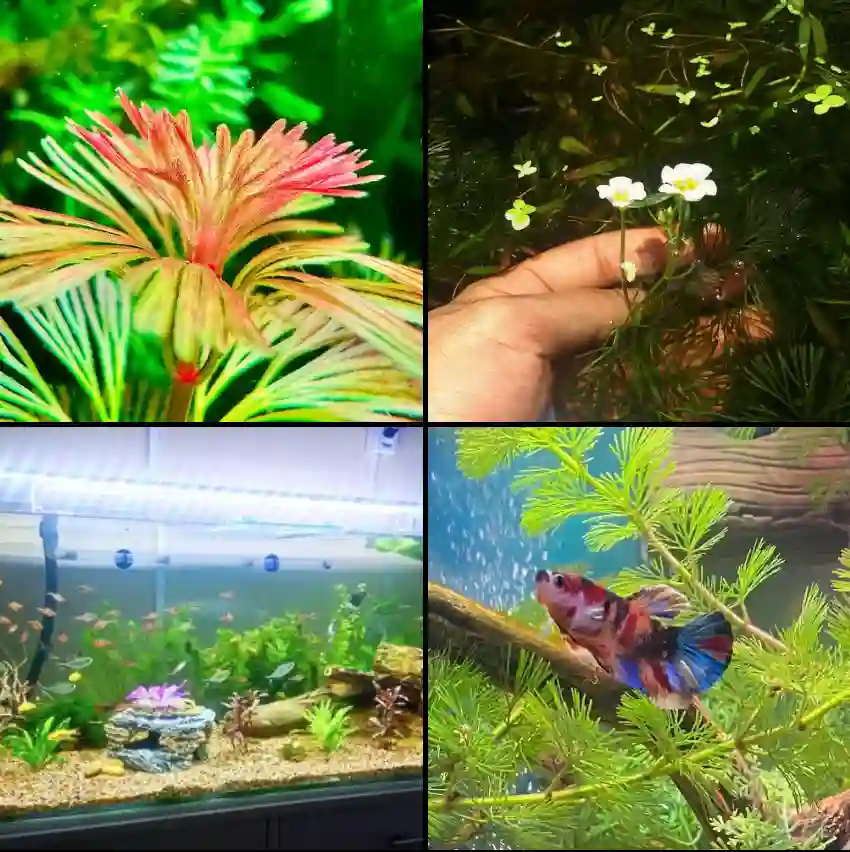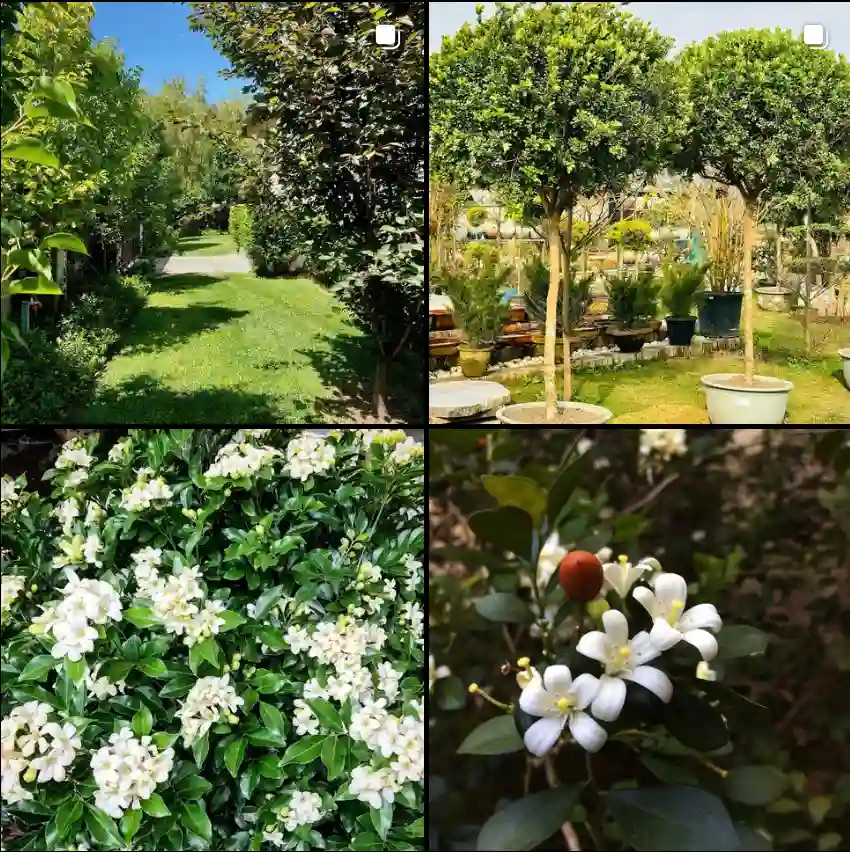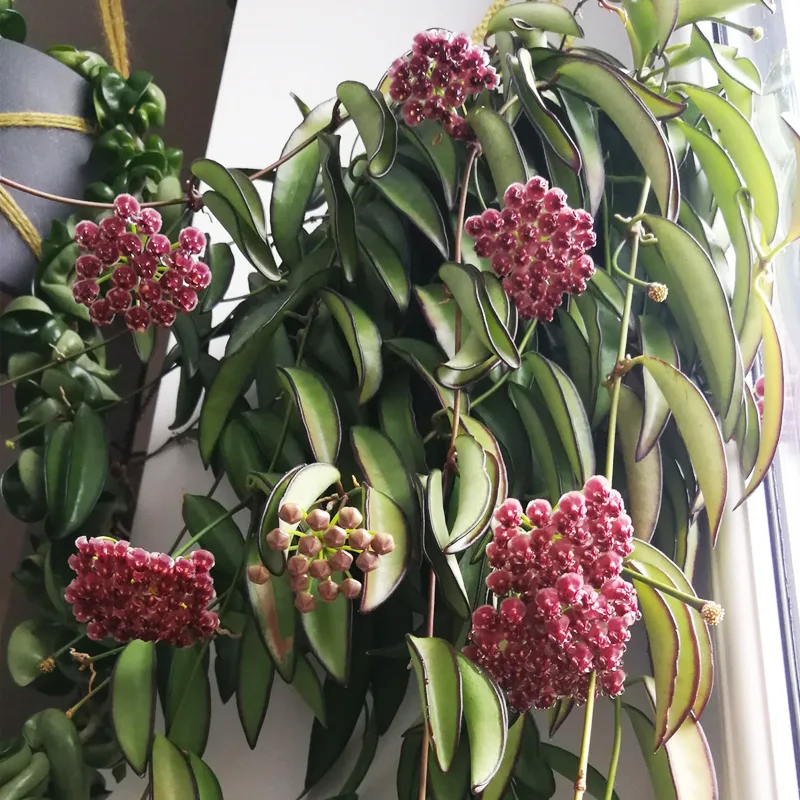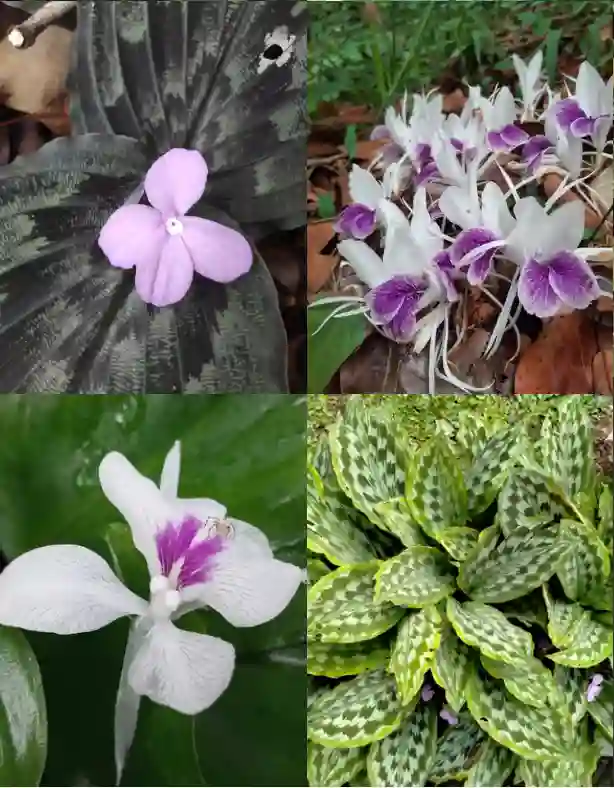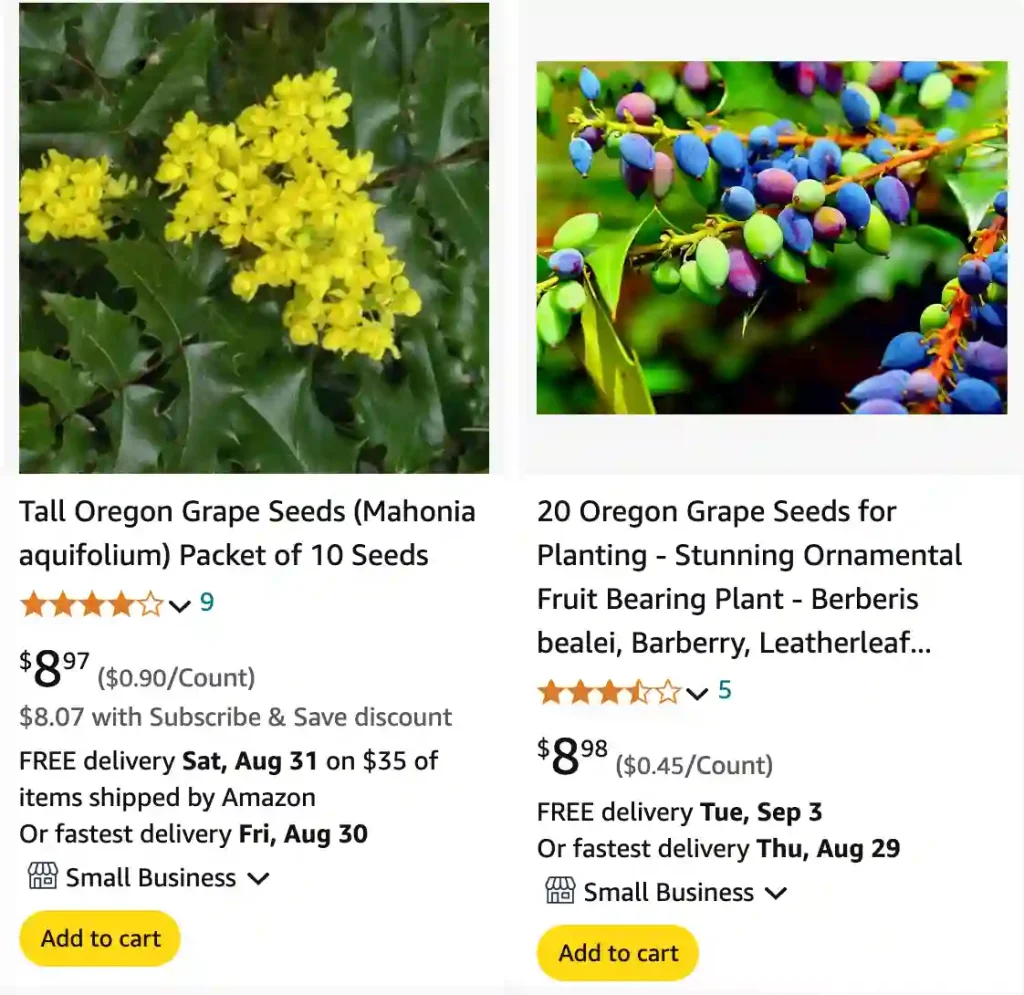
What is Mahonia Aquifolium?
Mahonia Aquifolium, a synonym of Berberis Aquifolium, commonly known as Oregon Grape, is a hardy evergreen shrub native to the western regions of North America. Its glossy, spiky leaves and clusters of bright yellow flowers make it a striking addition to any garden. This plant is renowned for its adaptability and resilience, thriving in various soil types and conditions. The berries produced by Mahonia Aquifolium are blue-black and provide a food source for wildlife.
Where to Buy Mahonia Aquifolium?
Finding Mahonia Aquifolium for purchase is relatively straightforward. Local nurseries and garden centers often carry this plant, especially those specializing in native species. If you prefer online shopping, numerous horticultural websites and plant retailers offer Mahonia Aquifolium. Just make sure to choose a reputable seller to ensure you receive a healthy plant.
How to Grow Mahonia Aquifolium?
Growing Mahonia Aquifolium is quite simple if you follow a few key guidelines. Start by selecting a location with partial to full shade, as this plant prefers dappled sunlight. It can tolerate a range of soil types but thrives best in well-drained, acidic to neutral soil. Ensure the site is protected from harsh winds, as Mahonia Aquifolium is relatively hardy but can benefit from some shelter.
Plant Mahonia Aquifolium in early spring or fall. Dig a hole twice the size of the root ball and mix the soil with compost to improve drainage. Place the plant in the hole, backfill with soil, and water thoroughly. Mulch around the base to retain moisture and keep weeds at bay. Regular watering during dry periods will help establish the plant.
How to Propagate Mahonia Aquifolium?
Propagating Mahonia Aquifolium can be done through seed or cuttings. For seed propagation, collect ripe berries in late summer, remove the seeds, and sow them in a cold frame or seed tray filled with a mix of sand and peat. Keep the soil moist and provide a cool, shaded environment. Germination can be slow, so be patient.
For propagation by cuttings, take semi-hardwood cuttings in late summer or early fall. Use a sharp knife to cut sections about 4-6 inches long from healthy, mature plants. Dip the cut ends in rooting hormone and plant them in a pot filled with a mix of sand and peat. Keep the cuttings in a humid, shaded environment until roots develop.
Can You Transplant Native Mahonia Aquifolium?
Yes, you can transplant Mahonia Aquifolium, but timing is crucial. The best time to transplant is during the fall or early spring when the plant is dormant. Choose a new location with similar growing conditions and dig a hole as described earlier. Carefully lift the plant, keeping the root ball intact, and transfer it to the new location. Water the plant thoroughly after transplanting and monitor it closely for signs of stress.
How to Control Loopers on Mahonia Aquifolium?
Loopers, or inchworms, can be a nuisance on Mahonia Aquifolium. To control them, inspect your plants regularly for signs of infestation, such as chewed leaves. Handpicking the larvae or using a vacuum can help manage small populations. For larger infestations, apply an insecticidal soap or neem oil to the affected areas. Ensure you follow the product’s instructions to avoid harming beneficial insects.
How to Control Webworm on Mahonia Aquifolium?
Webworms can cause damage to Mahonia Aquifolium by creating webs and feeding on the foliage. To control webworms, remove and destroy the webs and affected leaves. Insecticidal soap or a solution of water and mild dish soap can be effective against webworms. As with loopers, ensure to follow application instructions and avoid overuse.
Is Mahonia Aquifolium Invasive?
Mahonia Aquifolium is considered invasive in some regions outside its native range. It can spread aggressively in suitable conditions, potentially outcompeting native plants. If you are planting Mahonia Aquifolium in an area where it might become invasive, consider regular maintenance and monitoring to control its spread.
Is Mahonia Aquifolium Poisonous?
Mahonia Aquifolium is mildly toxic if ingested, primarily due to the presence of alkaloids in its berries and leaves. It’s best to keep this plant away from pets and small children who might accidentally consume parts of it. Symptoms of poisoning can include nausea and vomiting, so seek medical attention if ingestion occurs.
What Bees Does Mahonia Aquifolium Support?
Mahonia Aquifolium is beneficial for pollinators, particularly bees. The bright yellow flowers attract various bee species, including honeybees and native solitary bees. Planting Mahonia Aquifolium can help support local bee populations and contribute to a more biodiverse garden.
What is Mahonia Aquifolium Used For?
Mahonia Aquifolium has several uses. Traditionally, it has been used in herbal medicine for its berberine content, which is believed to have antimicrobial and anti-inflammatory properties. The plant is also used for ornamental purposes, adding color and texture to gardens throughout the year.
When to Plant Mahonia Aquifolium?
The ideal times to plant Mahonia Aquifolium are early spring and fall. Planting during these periods allows the plant to establish its roots before extreme temperatures set in. Choose a time when the ground is workable and avoid planting during the hottest or coldest months.
Mahonia Aquifolium vs Nervosa
Mahonia Aquifolium and Mahonia Nervosa are often compared due to their similarities. Mahonia Aquifolium, or Oregon Grape, is generally larger, with more pronounced foliage and a more upright growth habit. Mahonia Nervosa, or Dwarf Oregon Grape, is smaller and more compact, making it suitable for ground cover. Both have similar requirements but differ in size and growth habit.
How to Care for Mahonia Aquifolium?
Caring for Mahonia Aquifolium involves regular watering, especially during dry periods, and occasional pruning to maintain its shape. Fertilize once a year in early spring with a balanced, slow-release fertilizer. Mulch around the base to conserve moisture and suppress weeds.
In summary, Mahonia Aquifolium is a versatile and attractive plant that can enhance any garden while supporting local wildlife. With proper care and maintenance, it can thrive and provide beauty and ecological benefits for years to come.
If i die, water my plants!
